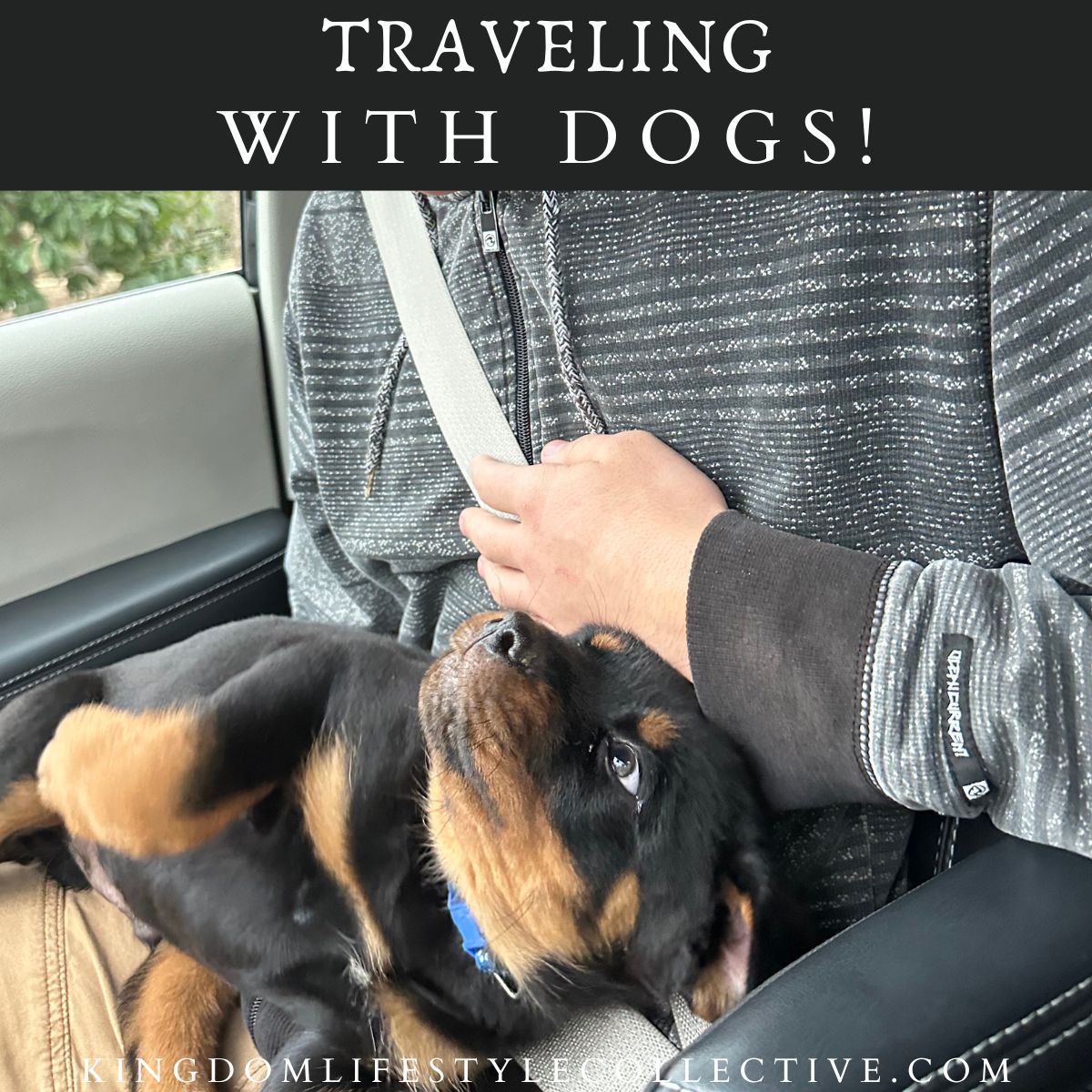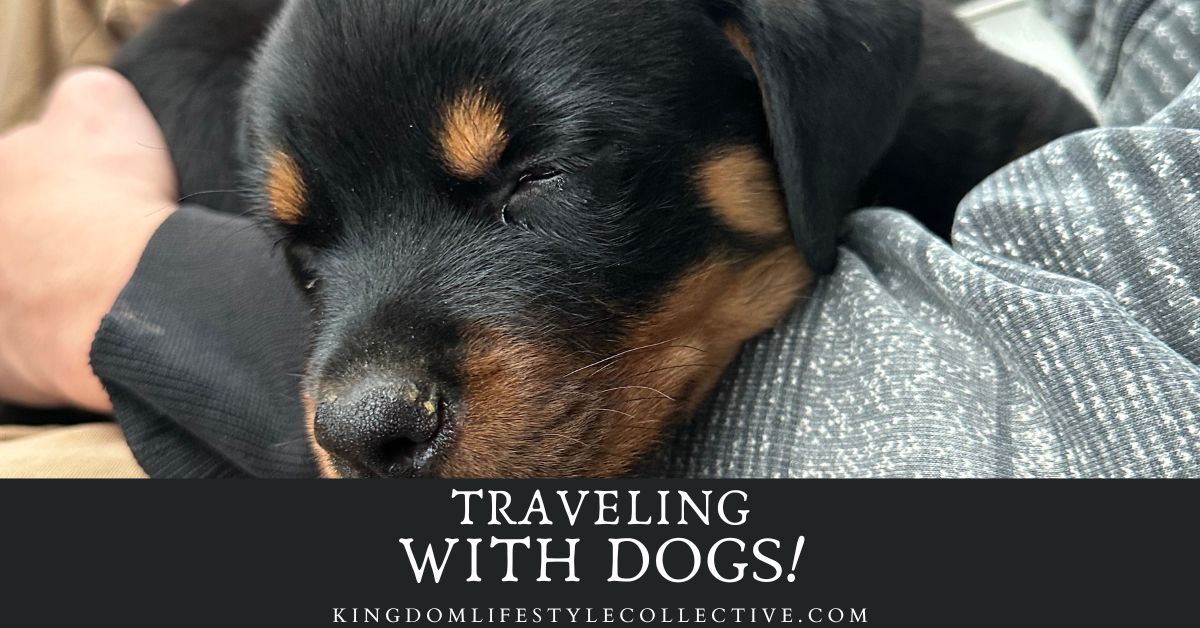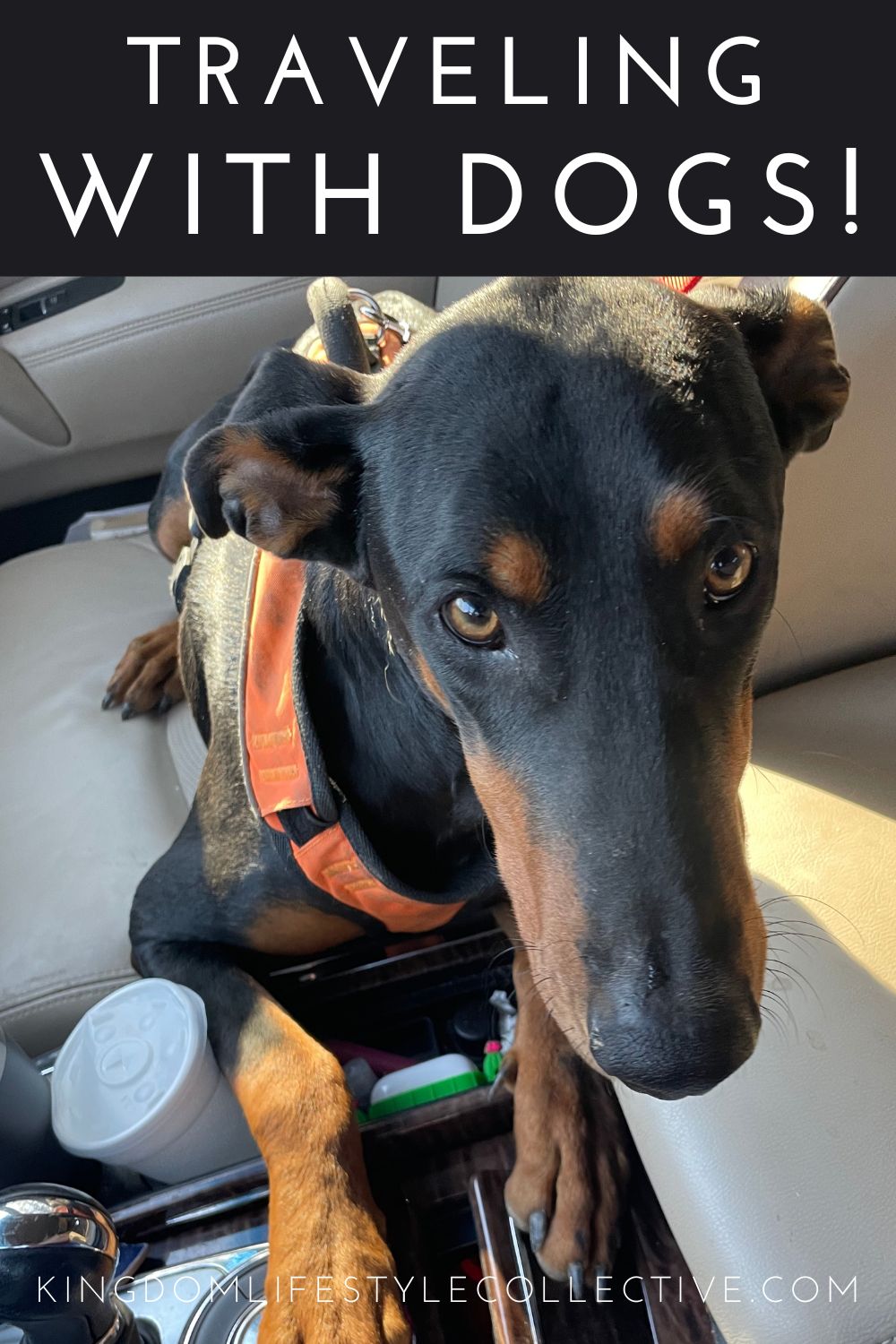
Dogs here, dogs there—everyone’s got a dog! Dogs are undoubtedly great pets and can add so much fun to your trips. But what do you need to know for traveling with dogs easily and smoothly? In this article, we’ll cover everything from the difficulty of traveling with your dog to the essentials you need to bring along. Let’s dive in!
How Hard Is Traveling with Dogs?
Is Your Dog Trained? A well-trained dog generally behaves better and experiences fewer accidents during travel. If your dog is not trained, getting them into the car and keeping them calm can be challenging. Training helps ensure a smoother journey and a more enjoyable experience for both you and your furry friend.
Is Your Dog Used to Being in the Car? Dogs who are familiar with car rides tend to handle travel better and are less prone to motion sickness. If your dog is new to car travel, start with short trips to help them adjust. This preparation will make longer journeys easier and more comfortable for them.
Comfort and Cooperation For traveling with dogs to be easy, your dog should be comfortable, cooperative, and reasonably trained. An experienced, comfortable dog will make the trip more enjoyable for everyone involved.
Related Reading: Digital Nomad Cost
Does Size Matter When Traveling with Dogs?

Small Dogs (Under 24 lbs) Smaller dogs are easier to find space for but may need to be held, which can become tiring on long trips. They can comfortably fit in the front seat or a small kennel in the back. Puppies and very small dogs may need to be held by a passenger or placed in a padded kennel.
Medium Dogs (25-59 lbs) Medium-sized dogs require a moderate amount of space and may need some holding during bumpy rides. Ensure they have enough room to sit, lie down, and move around comfortably.
Large Dogs (60+ lbs) Large dogs need more space and supplies but do not require holding. They can usually handle being on their own in the back seat or trunk, as long as there’s enough room for them to stretch out.
What to Bring for Traveling with Dogs
Food Pack enough food for the entire trip, considering your dog’s size and the length of your journey. Bring extra treats as well.
Water Bring 2-4 extra water bottles to keep your dog hydrated. If traveling with multiple dogs, increase the water supply. Reusable doggy water bottles are practical for refilling at stops.
Extra Bowls Having extra bowls can be a lifesaver if you forget your primary ones. This is especially useful if you stay at an Airbnb or a friend’s house.
Kennel Even if your dog won’t ride in a kennel, bring one for stops. Foldable kennels are ideal for space-saving. Adding old sheets can make the kennel more comfortable.
Leash and Collar A leash and collar are essential for almost all dog-related activities. Consider bringing extras just in case.
Personalized Collar Tag A collar tag with your contact information is crucial. It increases the chances of reuniting with your dog if they get lost while traveling.
Chew Toys Pack chew toys to keep your dog occupied and prevent them from damaging your car or luggage. Ensure the toys are appropriate for your dog’s age and breed.
Poop Bags Carry plenty of poop bags for cleaning up after your dog. It’s your responsibility to manage your dog’s waste.
Pee Pads Pee pads can be useful for puppies or dogs still in training. They can prevent accidents during the trip.
Cleaning Supplies Accidents can happen, so bring paper towels and a pet-safe spray cleaner to handle any messes.
Dog Seatbelt While it may not feel practical and isn’t legally required in most places, a dog seatbelt is an absolute must for longer car trips and in areas where it’s demanded!
Breed-Specific Care Items Bring any specific care items your dog may need based on their breed, such as grooming tools or medications.
Tips for Traveling with Dogs

Tip #1: Pet-Friendly Rest Stops Plan to stop every 2-3 hours to let your dog stretch their legs and relieve themselves. Use these breaks to feed your dog but do so away from pet areas to avoid conflicts. Always clean up after your dog.
Tip #2: Keep Large Dogs Separated If traveling with multiple dogs, provide enough space to avoid conflicts. Separate them if possible or use a suitcase to create some distance.
Tip #3: Choose Airbnbs Over Hotels Consider booking an Airbnb with a large yard rather than a pet-friendly hotel. Airbnbs often offer more convenience and can be more affordable.
Traveling with dogs might seem complicated, but with the right preparation, it can be a smooth experience. Adapt these tips to your specific needs and enjoy your journey with your canine companion. Safe travels!













